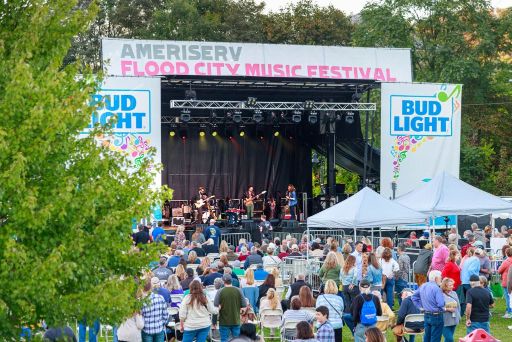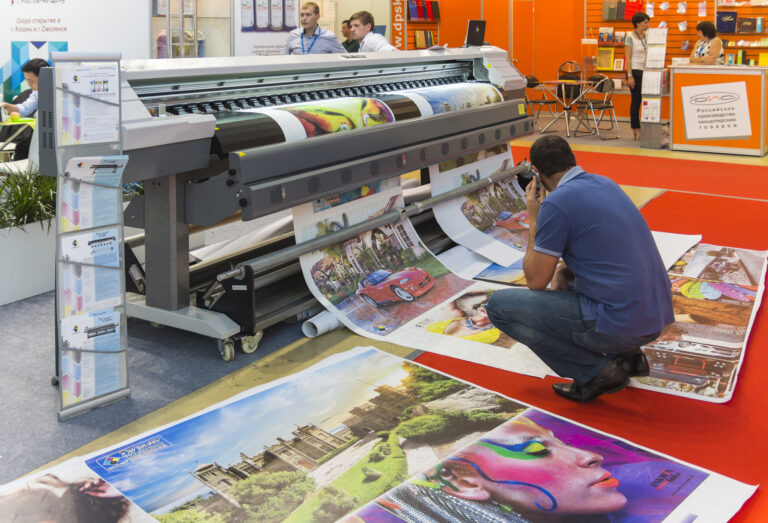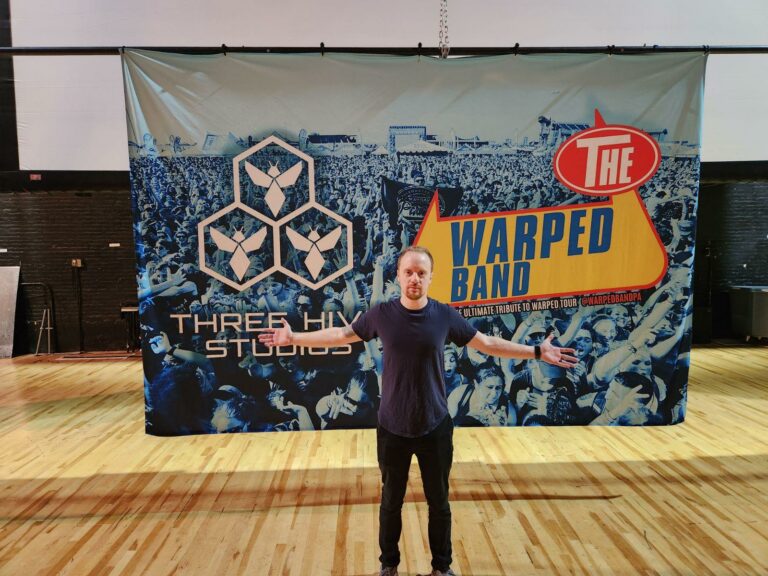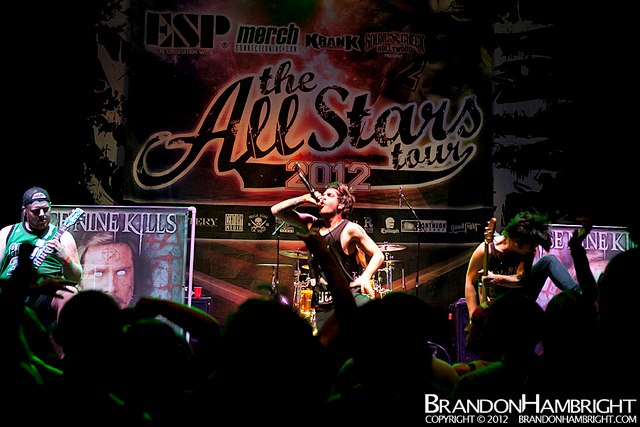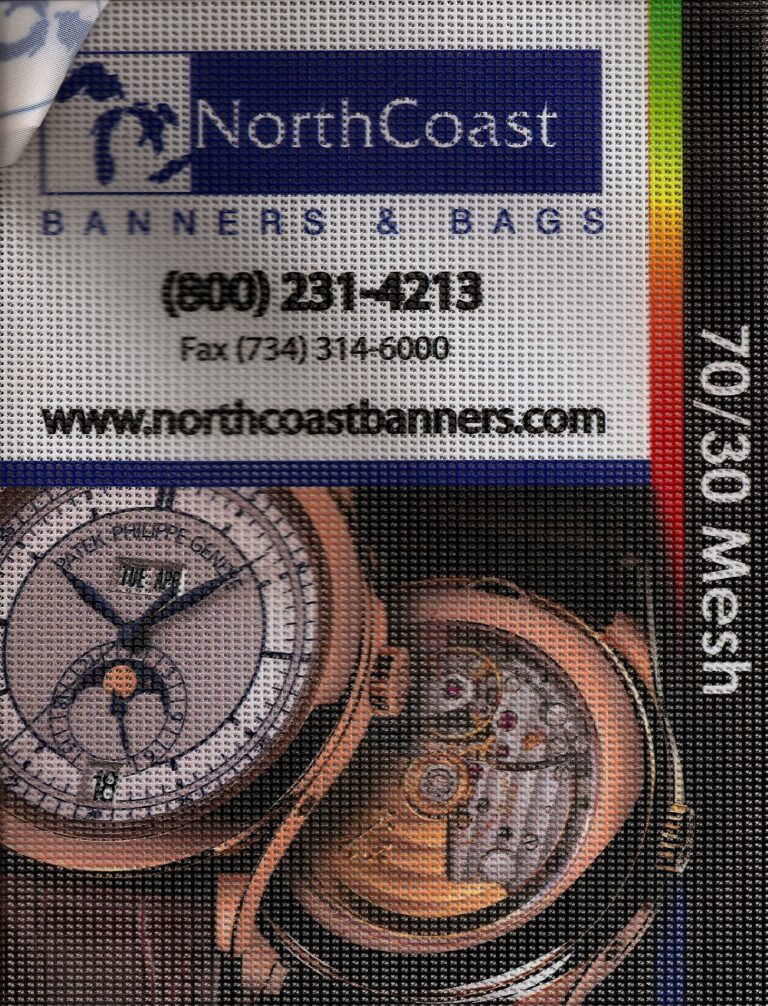The Ultimate Guide To Renting A Stageline Mobile Stage
Planning an event or festival? There are a lot of things to think about. One of the most important decisions you’ll make is what type of stage to use. If you’re looking for a mobile stage that is both reliable and affordable, read on to view your options!
In this ultimate guide, we will discuss the different features of Stageline mobile stages and other brands, what you need to know about sound, lighting, and banners, as well as some tips on how to choose the right one for your event. Let’s get started!
Mobile Stage Rentals & Uses
One of the great things about mobile stages is that they can be used for a variety of events. Whether you’re hosting a concert, a corporate event, or a community festival, a mobile stage can provide the perfect setting.
Depending on the type of event you’re hosting, you’ll make decisions about the stage size, the lighting, and the sound system. But all of these factors are dependent on each other, so you need to understand what you’re doing.
Stage Sizes
When it comes to mobile stages, size does matter! The stage size you need will depend on the number of people you’re expecting at your event, and very often the caliber of the performer.
If you’re not sure how many people will be attending, we recommend choosing a larger stage to be safe. These Stageline stages are used around the world. They’re popular for their ease of use, dependability, and ultra-professional look.
SL 100 24′ X 20′
The SL 100 mobile stage is great for street fairs, block parties, fundraisers, outdoor runs, local events, rallies, and more. This stage can support 800 lbs. of audio per side. The roof height for this model is 15 feet off the stage deck.
This ultra-fast and easy-to-use product has a total rigging capacity of 11,800 pounds (5,351 kg). Permanently mounted side rigging trusses with a 1,500 pound (680 kg) capacity per side, the truss deploys in seconds.
Many stage roofs require space all around them for ground anchoring or for outrigger legs. A Stageline SL 100, with a 24 by 20-foot stage size, requires no outriggers or guy lines on any side. Therefore, the audience can get right up close to the front of the stage with no sightline obstructions.
You can pack the side areas with vendors or tour buses since no ballast obstructs that space. Do you need to set up on a two-lane city street without blocking the sidewalk? Not a problem for a mobile stage.
SL 250 32′ X 24′
Stageline SL 250 New Generation is one of the most common choices for a variety of major events. Events like Light the Night, Making Strides Against Cancer, and The Color Run take place in markets around the country. But they all ask for the same stage!
Additional decking can increase the performance area to 32′ x 32′ covered. This stage is capable of flying 2,000 pounds of audio per side and has a roof capacity of 18,500 pounds. The roof height of this model is 18 feet off the stage deck.
SL 320 40′ X 40′
The SL 320 stage is for larger events. The setup time is 3 hours with 6 set-up personnel technicians. Though a larger stage, it is engineered for fast setup and even faster removal. The roof capacity is 26,000 pounds and the max height is 25 feet from the deck with 24 rigging points.
Rated fastest 40’ mobile stage in the industry, the SL 320 is a fast workhorse to admire, with safety and reliability to count on. The first concern for any event is the safety of attendees and performers. With a Stageline, you can be sure the stage production is secure.
SAM Series
The SAM Series includes the SAM 450, SAM 575, and SAM 750. These stages are made for production professionals and designed to handle the most demanding outdoor productions. The SAM750 has a total rigging capacity of 152,000 pounds.
Weight
Another important consideration is the weight of the mobile stage. You want to make sure that the stage is sturdy enough to support both the performers and the equipment. And it’s the equipment – lighting, sounds, banners, etc. that really makes a difference.
Sound System Considerations
If you’re planning on using a mobile stage for a concert or other musical event, you’ll need to make sure that the stage can safely accommodate a sound system. The sound system and the number of speakers will impact how far the sound reaches.
The type of speaker setup that you will need depends significantly on the size and needs of your event. In a more intimate venue, you may merely need two full-range speakers and a mixer setup.
Outdoor Events
At a larger venue with tens of thousands of people in the crowd, you may need 40 speakers or more, with subwoofers as well. Most outdoor events are in a relatively open space, meaning few walls to cause reflections.
This can be a benefit, providing the potential for better audio quality. The drawback is that you need a more powerful audio system to cover the same area.
Additionally, the higher the speaker, the further the sound will travel. If it’s too high, there will be a loss of impact in the front as the sound goes over their heads.
If the speakers are not high enough, the sound may be uncomfortable for the people immediately in front of the stage. So once again, the size of the stage truly makes an impact.
Factors to Determine Audio Setup Needs
- Size and nature of the performance space
- Expected attendance
- Artist audio requirements and the type of music being performed
Factors to Determine the Level of PA
- How far back from the stage do you need to hear the music?
- How many people do you expect to attend and how large of an overall crowd space will there be for the sound to be heard?
LED-Wall Considerations
An LED wall is an actual wall that hangs off the top of the stage. LED-wall or an LED Video wall is a large screen made of light-emitting diodes that display visual content like videos, images, text, and other forms of graphics.
This is just one of the exciting new technologies used to enhance shows! It gives the feeling of a massive, luminous wall that has no junctions between the various modules that make it.
Rigging Plot
One of the most important ways to choose the appropriate stage for your event is to know your rigging plot. It may seem simple, but it’s easy to bypass this necessary step and go straight to researching stage designs.
It’s crucial to understand the production equipment and how much load-bearing capacity you will need from your grid. This will help you determine staging options and also save you a headache later on.
For example, let’s say you skip this step and go right to the vendor inquiring about an SL 250 mobile stage. It seems to meet all your needs, with a small footprint and easy installation.
But fast forward a few weeks to when you find out that the production equipment exceeds the 250’s load-bearing capacity! Now you have to backtrack and start back at the beginning – with less time to plan and a lot more stress.
Setup Time
One of the great things about mobile stages is that they’re quick and easy to set up. In most cases, it will only take a few hours to get the stage ready for your event.
For example, a smaller stage like the SL 100 could take two people just 30 or 40 minutes to assemble. Meanwhile, a larger stage like the SL 320 would likely take a crew of four people closer to 2.5 or 3 hours.
Stage Lighting
When it comes to mobile stages, lighting is an important consideration. You want to make sure that the stage is well-lit so that the performers can be seen by the audience. Once again, your options are based on the stage rental you select.
For example, an SL 250 can fly 2000 pounds of lighting. You also have to consider if you’re just flying lighting or if you want a light show. A light show requires an operator to work the lights during the show.
Banner Configurations
It’s also important to consider the banner configuration when choosing a mobile stage. You want to make sure that your mobile stage festival banners are correctly placed so that they’re visible to the audience.
At an outdoor concert, banners need to be properly printed on blow-through mesh (70/30) and safely attached to the stage to avoid accidents.
Most events are funded through sponsorship. And the best billboard to advertise these sponsors is the one your entertainment is performing on!
Stageline products offer a complete banner kit, which allows you to strategically place banners along the sides, top, and bottom of the stage. By showcasing sponsors, you can offset your event costs.
Utilize these spaces as an up-sell opportunity or a place to thank everyone involved in making your event a success. When printed on appropriate mesh material the Stageline will maintain its wind rating.
Stage Brand Options
There are a variety of mobile stage rental brands available, so be sure to do your research before making a decision. We recommend Stageline because of its quality and affordability.
We’ve outlined some of the most popular companies producing stages.
Century
Century is a popular option for mobile stage rentals. However, Century does not have a load-bearing roof past 1,000 lb, so you cannot fly an LED wall from one of these rigs.
Century’s mobile staging solutions have hydraulically operated stages offering push-button set up to simplify and expedite stage setup.
APEX
APEX offers high-quality, mobile stages to suit a variety of venues, audience sizes, and practical requirements. APEX Stages are made in America and support American manufacturing.
Stagemobile
Stagemobil offers a wide variety of stage sizes from the Stagemobil S to the Stagemobil XLR, a large, semi-circular stage. Made in Germany, these high-quality stages are meant to be set up quickly by just one person while maintaining a high level of operational safety.
Benefits Of Renting A Stageline Mobile Stage
When you rent a Stageline stage, you can rest assured knowing that you’re getting a high-quality mobile stage. Stageline offers both standard and custom stages, so you’re sure to find the perfect one for your event.
Stageline is one of the most popular line of mobile stages in the industry. But that doesn’t mean you should limit yourself to this particular brand. Ask your rental company for the best option for your event. For example, American Mobile Staging, a mobile stage rental company in Chicago, IL offers a variety of brands on their website.
Speed of set up is another factor. For example, according to Stageline, two stagehands can have an entire SL100 up in 30 minutes, although we recommend budgeting an hour for full setup.
Engineered to withstand up to 110 mph winds, a Stageline mobile stage will remain standing even in the event of a hurricane. Ballast or ground anchors are not required to achieve this level of wind resistance. Additionally, the roof is engineered to safely support heavy loads of production lighting and sound equipment.
Takeaways on Stage Rental
When you use a mobile stage at your event, you get a secure elevated platform, a roof covering, and optional rainproof wind walls. Your AV production company can easily hang sound and lighting equipment from the mobile stage with low effort, meaning less cost for these items.
No need for separate stage, roof, and lighting supports, which reduces costs. The technical elements are installed before the stage raises up, avoiding the costs of boom lift rentals. All in all, if you are holding an outdoor performance, a mobile stage should be at the top of your list.
When it comes to mobile stage rentals, it’s worth it to do your homework. Contact our team if you need a referral for a stage rental company, or if you need a quote for mobile stage banner printing.
